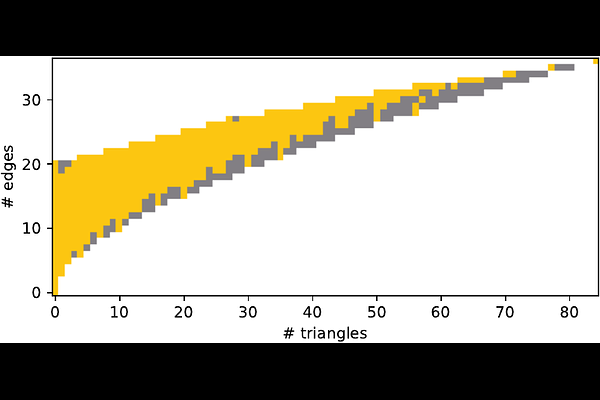The Complexity of Homomorphism Reconstructibility

The Complexity of Homomorphism Reconstructibility
Jan Böker, Louis Härtel, Nina Runde, Tim Seppelt, Christoph Standke
AbstractRepresenting graphs by their homomorphism counts has led to the beautiful theory of homomorphism indistinguishability in recent years. Moreover, homomorphism counts have promising applications in database theory and machine learning, where one would like to answer queries or classify graphs solely based on the representation of a graph $G$ as a finite vector of homomorphism counts from some fixed finite set of graphs to $G$. We study the computational complexity of the arguably most fundamental computational problem associated to these representations, the homomorphism reconstructability problem: given a finite sequence of graphs and a corresponding vector of natural numbers, decide whether there exists a graph $G$ that realises the given vector as the homomorphism counts from the given graphs. We show that this problem yields a natural example of an $\mathsf{NP}^{#\mathsf{P}}$-hard problem, which still can be $\mathsf{NP}$-hard when restricted to a fixed number of input graphs of bounded treewidth and a fixed input vector of natural numbers, or alternatively, when restricted to a finite input set of graphs. We further show that, when restricted to a finite input set of graphs and given an upper bound on the order of the graph $G$ as additional input, the problem cannot be $\mathsf{NP}$-hard unless $\mathsf{P} = \mathsf{NP}$. For this regime, we obtain partial positive results. We also investigate the problem's parameterised complexity and provide fpt-algorithms for the case that a single graph is given and that multiple graphs of the same order with subgraph instead of homomorphism counts are given.